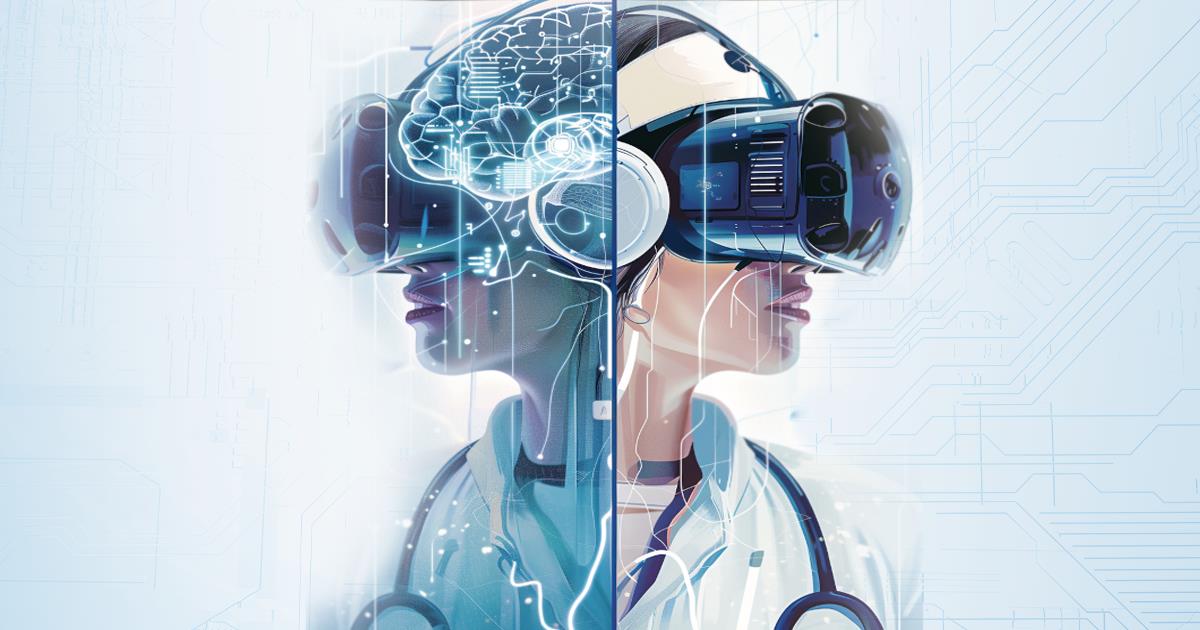Innovations in Brain-Computer Interfaces: From Healthcare to Entertainment
A special issue of Applied Sciences (ISSN 2076-3417). This special issue belongs to the section "Biomedical Engineering".
Deadline for manuscript submissions: closed (31 August 2025) | Viewed by 4629

Special Issue Editors
Interests: digital sound processing and analyis; EEG/MEG brain signal analysis
Special Issues, Collections and Topics in MDPI journals
Interests: neuroradiology; oncologic imaging; contrast media; artificial intelligence
Special Issues, Collections and Topics in MDPI journals
Special Issue Information
Dear Colleagues,
Brain–computer interfaces (BCIs) are a transformative technology at the intersection of neuroscience, engineering, and computer science. By enabling direct communication between the brain and external devices, BCIs have the potential to revolutionize various domains, from healthcare to consumer entertainment. This Special Issue aims to provide a comprehensive overview of the latest advancements in BCI technology, highlighting both its clinical applications and innovative uses in consumer and entertainment sectors.
The primary aim of this Special Issue is to gather high-quality original research articles, reviews, and case studies that demonstrate the diverse applications and advancements of BCIs. We seek contributions that explore the full spectrum of BCI technology, including:
- Clinical Applications: Research on the use of BCIs in neurorehabilitation, assistive technologies for individuals with disabilities, mental health interventions, and other healthcare applications. This includes studies on improving patient outcomes, innovative therapeutic approaches, and clinical trials.
- Consumer Applications: The exploration of BCIs in gaming, virtual reality, augmented reality, and other interactive media. This section will cover user experience studies, technological innovations, and market trends in consumer BCI products.
- Technological Advancements: papers focusing on the development of new BCI hardware and software, including signal processing techniques, machine learning algorithms, and user interface design.
- Ethical, Legal, and Social Implications: Discussions about the ethical considerations, legal frameworks, and social impacts of BCI technology. This includes privacy concerns, data security, and the broader societal implications of widespread BCI adoption.
- Case Studies and Experimental Results: detailed reports on experimental studies, clinical trials, and real-world applications of BCIs in both clinical and consumer settings.
- Future Trends and Challenges: insights into the future directions of BCI research and its development, potential challenges, and opportunities for innovation.
We invite researchers, developers, and practitioners from various disciplines to submit their work to this Special Issue. Your contributions should provide significant insights into the advancements of BCI technology and its applications. We welcome diverse perspectives and encourage interdisciplinary collaboration to push the boundaries of what BCIs can achieve.
Authors are encouraged to submit their manuscripts through the Applied Sciences submission system. All submissions will undergo a rigorous peer-review process to ensure the publication of high-quality papers. Detailed submission guidelines can be found on the Applied Sciences website (https://susy.mdpi.com/user/manuscripts/upload/applsci).
Dr. Athanasios Koutras
Dr. Carlo A. Mallio
Guest Editors
Manuscript Submission Information
Manuscripts should be submitted online at www.mdpi.com by registering and logging in to this website. Once you are registered, click here to go to the submission form. Manuscripts can be submitted until the deadline. All submissions that pass pre-check are peer-reviewed. Accepted papers will be published continuously in the journal (as soon as accepted) and will be listed together on the special issue website. Research articles, review articles as well as short communications are invited. For planned papers, a title and short abstract (about 250 words) can be sent to the Editorial Office for assessment.
Submitted manuscripts should not have been published previously, nor be under consideration for publication elsewhere (except conference proceedings papers). All manuscripts are thoroughly refereed through a single-blind peer-review process. A guide for authors and other relevant information for submission of manuscripts is available on the Instructions for Authors page. Applied Sciences is an international peer-reviewed open access semimonthly journal published by MDPI.
Please visit the Instructions for Authors page before submitting a manuscript. The Article Processing Charge (APC) for publication in this open access journal is 2400 CHF (Swiss Francs). Submitted papers should be well formatted and use good English. Authors may use MDPI's English editing service prior to publication or during author revisions.
Keywords
- brain–computer interfaces
- neurorehabilitation
- assistive technologies
- gaming
- virtual reality
- interactive media
- BCI hardware
- BCI software
- ethical implications
- future trends
Benefits of Publishing in a Special Issue
- Ease of navigation: Grouping papers by topic helps scholars navigate broad scope journals more efficiently.
- Greater discoverability: Special Issues support the reach and impact of scientific research. Articles in Special Issues are more discoverable and cited more frequently.
- Expansion of research network: Special Issues facilitate connections among authors, fostering scientific collaborations.
- External promotion: Articles in Special Issues are often promoted through the journal's social media, increasing their visibility.
- Reprint: MDPI Books provides the opportunity to republish successful Special Issues in book format, both online and in print.
Further information on MDPI's Special Issue policies can be found here.






